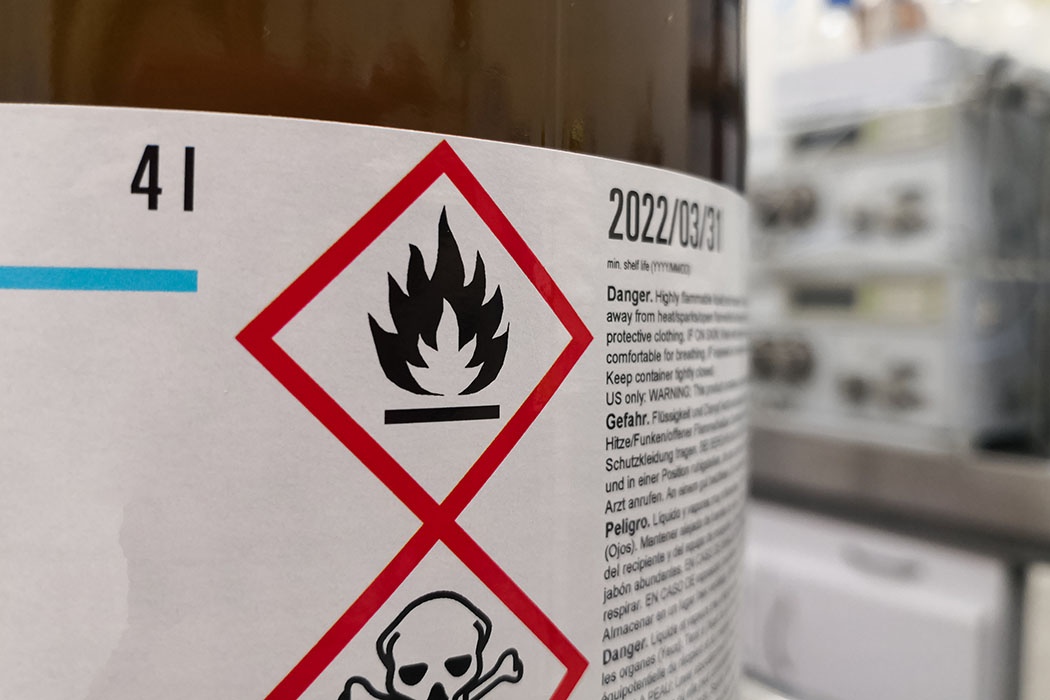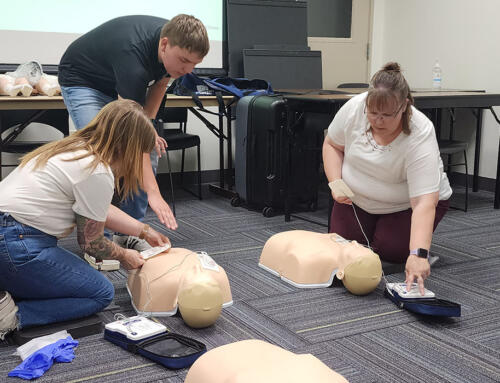The chemical you used to clean your desk made your skin turn a different color. A student sprayed window cleaner into the face of another student. A chemical was accidentally spilled during chemistry lab. While changing the toner on the copy machine, you accidentally inhaled some of the toner. What should you do if these scenarios happened? Where would you go to determine if a product is considered hazardous?
What is a hazardous chemical?
As per Safeopedia, “a hazardous chemical is a chemical that has properties with the potential to do harm to human or animal health, the environment, or capable of damaging property.” Every hazardous chemical has a Safety Data Sheet (SDS) that outlines the severity of the risks of the product as well as the safety measures that need to be in place when handling these substances. Safety Data Sheets are one of the more important tools to provide the information you need in order to work safely. It is important to know how to read and understand SDS’s to protect yourself and others in your school.
SDS’s follow a standardized format so employees can find information quickly in emergency situations. The format is organized into 16 different sections. Some of the things that are contained in a safety data sheet are:
- Product identifier;
- Emergency phone number;
- Recommended use and restrictions of use;
- Hazards regarding the chemical;
- Chemical ingredients;
- First aid measures;
- Fire-fighting measures;
- How to clean up the product if it is accidentally spilled;
- Handling and storage of the product;
- Personal protective equipment needed while using the product.
According to WAC 296-901-14014 a safety data sheet is required for each hazardous chemical in the workplace and they must be readily accessible to employees. If you do not know where to access safety data sheets, ask your supervisor. Safety data sheets can also be stored electronically.
The potential for accidents and injuries is always present when people work with, or are in the vicinity of hazardous chemicals. Before using any chemical product, get the safety data sheet and review it thoroughly. By knowing and understanding the basic nature of those chemicals and how to safely work with or around them, you can greatly decrease any risk that might be present and protect yourself. If you have any questions about safety data sheets, contact an ESD 112 Loss Control Specialist.





 ESD 112 equalizes educational opportunities for learning communities through innovative partnerships, responsive leadership, and exceptional programs.
ESD 112 equalizes educational opportunities for learning communities through innovative partnerships, responsive leadership, and exceptional programs.